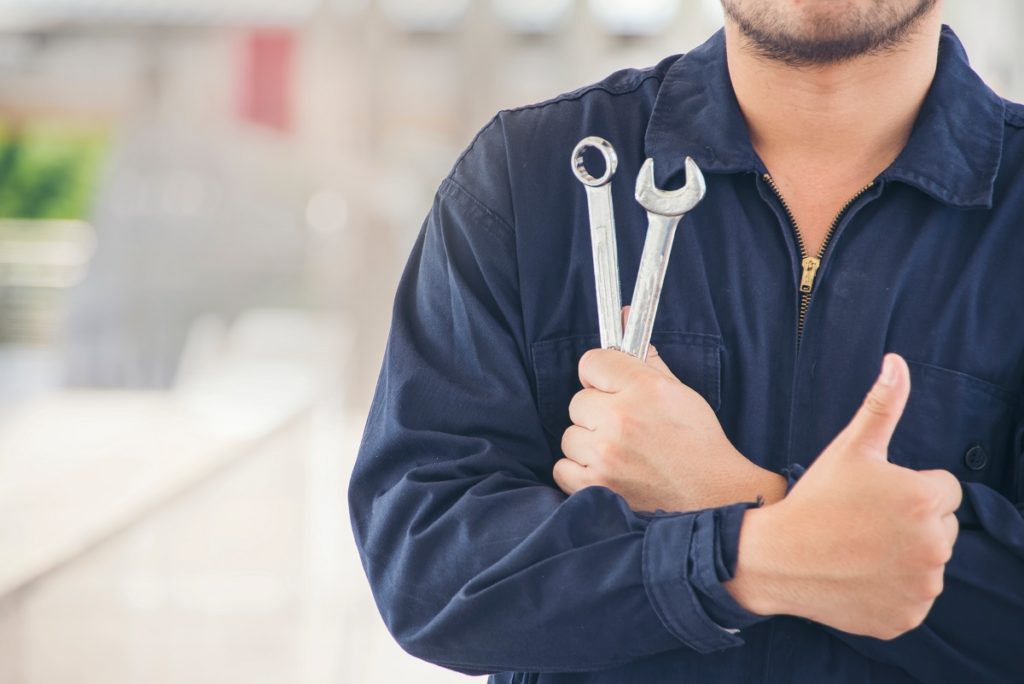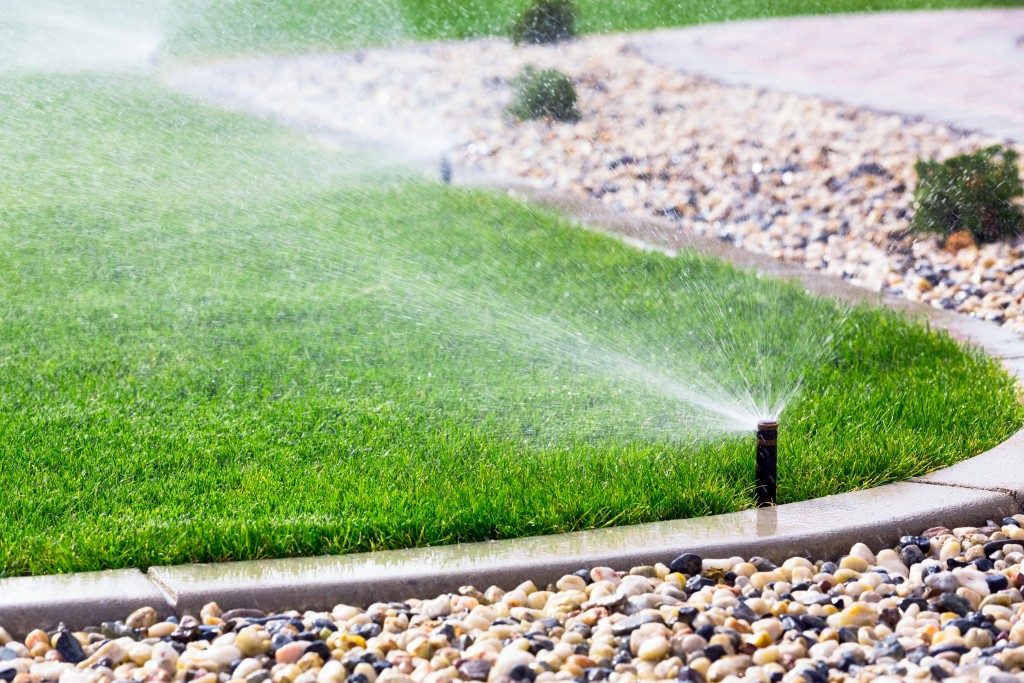A child’s curiosity is both a blessing and a burden. When they begin to understand how the things around your home works, they’ll try to “investigate” each of them. From playing with electric wires to opening all your taps, there’s just no telling what a curious child will do next.
It may be easier to stop them from playing with wires, with inexpensive wire covers available these days. But keeping your water fixtures out of their reach is a different struggle altogether. For one thing, they have to use it every day. Even if you child-proof your bathrooms and kitchen, you still have to take them to those places at a certain time of the day.
Plus, childproofing without educating can be useless. If young kids don’t understand why you’re keeping them out of the kitchen and bathroom, they might be tempted to sneak in. Hence, double your efforts by educating your kids about water conservation and safety risks too. Teach them how a functional plumbing system works, and why it’s not to be played with.
However, it’s a bit challenging to teach kids about such stuff. Their young brains may not grasp the meaning of the terms “conservation”, “utilities”, and “bills”. So here are some age-appropriate ways to set rules in water use:
Use Active Supervision
Since your main concern is your kids playing with the water fixtures, start by keeping an eye on them. It could only take a minute for them to drown if they’re left alone in the bath.
Bath seats and rings may help in keeping your child safer, but they won’t prevent drowning. So if something demands your attention while your child is bathing, wrap your kid in a towel and take them out of the bath until you’re free again.
Use Kid-friendly Educational Apps
Many kids still leave the tap on even after you’ve already instructed them not to. So get creative by using kid-friendly educational apps. The U.S. EPA has a game called “Know Your Water Wasters.” It’s a downloadable app with and an interactive arcade-style game and quiz combo. Immerse your kid in it and use the time to teach them about the app’s lessons.
Recycle Water
If your kid likes collecting water in the tub or in a bucket, don’t let them throw away that precious water. Instead, save it and use it later for watering the plants or flushing the toilet. Cover the tub or bucket so that your kid won’t play with it anymore. Let them watch you save water to recycle it so that they’d do the same next time.
Use the Shower More than the Bath

Baths urge children to play more since rubber ducks and other bath toys engage them a lot. Plus, children just love the feeling of soaking in water. If you indulge them, they may never stop demanding baths even if they don’t need it. Worse, they may try to fill the tub themselves and risk their safety.
So make them get used to the shower. Showering considerably saves more water. A five-minute one only uses 10 to 15 gallons of water, whereas a bath can use up to 70. To save even more, buy a low-flow showerhead. It consumes 2.5 gallons less water than conventional showerheads.
Prevent Slipping and Falling
Kids who play in the bath or shower will slip or fall at one point unless you prevent it. Install non-slip strips on the bottom of the tub and a cushioned cover over the faucet. The non-slip strip will help keep your child upright on a slippery floor, while the cushioned cover will prevent injuries if your kid bumps their head on the faucet.
Make it a habit to keep the toilet’s lid closed. Get a toilet lid lock too, because an unsupervised toddler may attempt to balance themselves on the toilet seat.
Look for Leaks Together
Your kid will understand your home’s plumbing system more if they can see it. So if you suspect that your pipes are leaking, look for the damage with your child. Engage them by letting them do the inspection, while you write down their observations. This simple home water audit will help your kid understand that water management is a serious business. You can find a basic water checklist on EPA’s Green Building site.
Once your kid learns how important water conservation is, they may start demanding more water audits and educational games. Cherish those moments, because it’s way safer and more amusing than constantly reprimanding them to stop playing with the water fixtures. And more importantly, their changed behavior will cut down your water bill.









